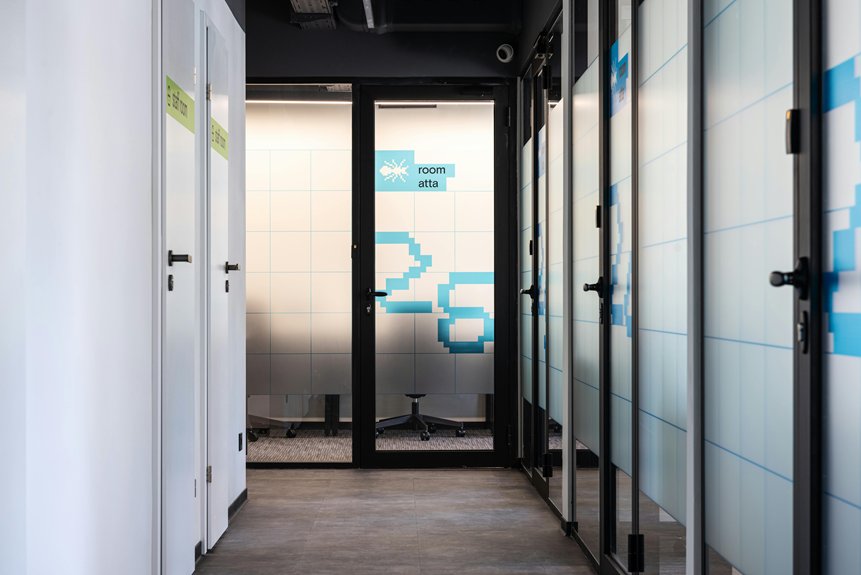EWI insulation entails affixing a continuous layer of insulating materials, such as EPS, XPS, or mineral wool, to the exterior walls of a building. This method enhances energy efficiency and diminishes heating expenses. Additionally, it prevents thermal bridging, improves sound insulation, and shields walls from weather-related damage.
Proper installation is crucial and includes sealing any gaps and applying durable finishes. By selecting the appropriate materials and adhering to best practices, buildings can become more sustainable and comfortable. There are numerous aspects to consider for achieving optimal results in EWI insulation, ensuring that properties are well-protected and energy-efficient.
How EWI Enhances Building Performance and Sustainability
External Wall Insulation (EWI) enhances building performance and promotes sustainability by significantly boosting energy efficiency. It effectively reduces heat transfer through walls, ensuring that indoor temperatures remain stable throughout the year. This improvement lowers the building’s U-value, aiding in compliance with energy standards. EWI adds an extra layer of thermal barrier, further improving insulation performance. EWI also mitigates thermal bridging, thereby increasing the overall efficiency of the building envelope. By requiring less heating and cooling, it results in lower energy bills and a reduction in carbon emissions, contributing to a more sustainable environment. Furthermore, EWI aids in moisture control, which helps to prevent mould and damage, ultimately extending the building’s lifespan. In addition to thermal benefits, EWI enhances acoustic performance, creating quieter and more comfortable indoor spaces. Overall, EWI supports sustainable building practices and fosters a sense of community by making living and working environments more pleasant and environmentally friendly.
Key Materials and System Components for Effective Insulation
Selecting the appropriate materials and components is crucial for establishing an effective insulation system that enhances building performance.
Insulation core materials come in various types, such as Expanded Polystyrene (EPS), celebrated for its cost-effectiveness, or Extruded Polystyrene (XPS), which provides superior moisture resistance.
Mineral Wool is recognised for its fire safety and moisture resistance, while Polyisocyanurate (PIR) offers exceptional thermal efficiency.
Important system components include:
Reinforced Base Coats: These incorporate mesh and adhesives to bond insulation securely and mitigate the risk of cracking.
Mechanical Fixings: Anchors and screws ensure insulation is firmly secured, particularly in locations prone to high winds.
Decorative Finishes: Textured or coloured coatings enhance aesthetic appeal and provide additional weather resistance.
Best Practices for Installing External Wall Insulation
Proper installation of external wall insulation begins with meticulous planning and preparation to ensure long-lasting performance.
Installing a Water Resistive Barrier (WRB), such as Tyvek HomeWrap, directly onto the sheathing helps prevent moisture from penetrating the walls. It’s crucial to seal all overlaps and penetrations to provide continuous moisture protection. Edmonton’s temperature extremes can compromise poorly installed barriers if not done correctly, leading to costly repairs. Insulation boards should be installed only in dry weather and must be protected from sunlight and impacts until the installation is complete. Fasteners should penetrate into structural wood by at least 1.25 inches beyond the insulation to effectively support the weight of the siding.
Boards should be staggered, with small cuts minimised, particularly at corners and openings. Gaps between boards should be sealed with foam or mineral wool.
Ensuring proper adhesion, level installation, and paying attention to thermal bridging will maximise insulation performance, thereby reducing energy costs and enhancing comfort in the home.
Conclusion
External wall insulation (EWI) plays a crucial role in enhancing the energy efficiency and sustainability of buildings. This method utilises specialised materials and adheres to proper installation practices, ensuring optimal thermal performance and long-lasting durability. When implemented effectively, EWI contributes to reduced energy bills, diminished carbon emissions, and an extended lifespan for structures.
A thorough understanding of the essential components and adherence to best practices is vital for ensuring that the system operates as intended. EWI serves as a practical solution for improving indoor comfort while simultaneously supporting broader environmental objectives.
By investing in external wall insulation, property owners can make significant strides towards creating more energy-efficient homes and contributing to a more sustainable future.

